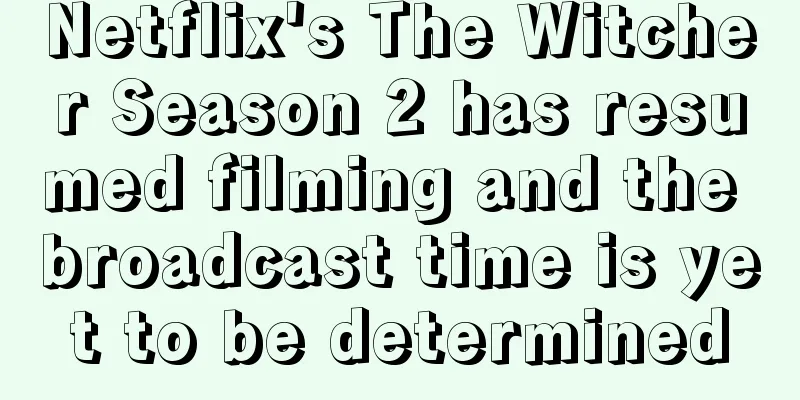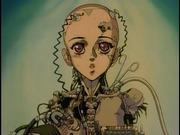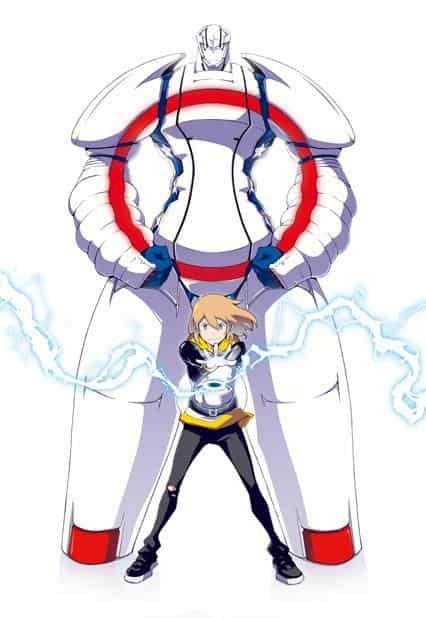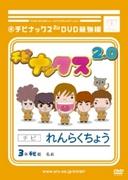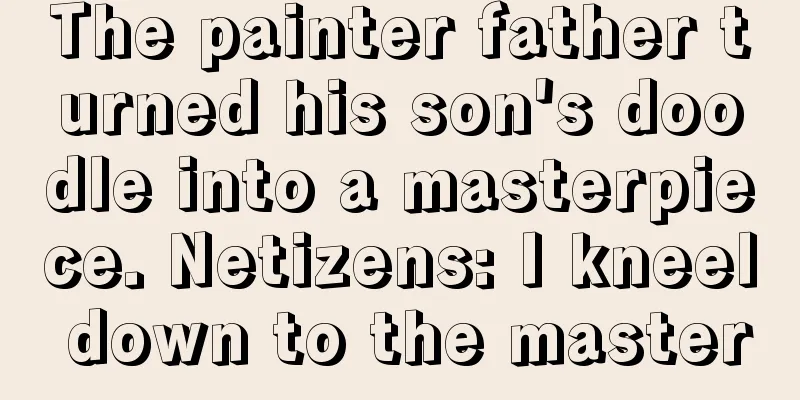Review of "Counting Songs for Tomorrow": Reevaluating the movingness of everyone's songs
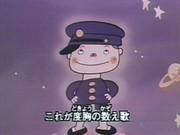
"Counting Song for Tomorrow" - A masterpiece that sings of hope for the futureBroadcast on NHK Educational TV (now NHK E-Tele) in December 1969, "Ashita ni kakeru kazoe uta" (Counting Song for Tomorrow) is a masterpiece that sings of hope and courage for the future, packed into a short two-minute time slot. This song was produced as part of NHK's long-running program "Minna no Uta" (Everybody's Songs), and left a deep impression on many viewers. Below, we will introduce the detailed information and appeal of this work, and also delve into its background and influences. Overview
Story and Themes"Counting Song for Tomorrow" is a song in the form of a counting song that sings of hope for the future. The lyrics talk about hopes and dreams for tomorrow while counting numbers from 1 to 10. The animation is drawn by Kohei Matsumoto with a simple yet warm touch. The screen shows scenes of children playing happily and families enjoying themselves, giving the viewer a sense of security and hope. The theme of this song is "hope for tomorrow." In the lyrics, each time a number from 1 to 10 appears, a dream or hope for tomorrow is spoken of. For example, "1" means "one dream," and "2" means "two hopes." This counting song format is easy for children to understand, and they can have fun while feeling hope for the future. Background"Counting Song for Tomorrow" was produced as part of the NHK program "Minna no Uta." "Minna no Uta" is a long-running program that has been broadcast since 1961 and is loved by a wide range of people, from children to adults. This program introduces new songs and animations every time, providing excitement and joy to its viewers. The year 1969, when "Counting Song for Tomorrow" was created, was a time when various social changes were occurring all over the world. In Japan, student and labor movements were gaining momentum, and society as a whole was in a state of instability. In that environment, this song aimed to give listeners a sense of security and courage by singing about hope for the future. The charm of animationThe animation was created by Kohei Matsumoto. With a simple yet warm touch, Matsumoto depicts the daily lives of children. Scenes of children playing happily and family time are depicted on screen, giving viewers a sense of security and hope. A particularly memorable scene is when the children are holding hands and counting. In this scene, the children's smiles and cheerful voices fill the screen, giving the viewer a sense of hope for tomorrow. In addition, the family gathering scene conveys a warm homely atmosphere, giving the viewer a sense of security. The appeal of musicThe music of "Counting Songs for Tomorrow" features a bright and lively melody. The lyrics talk about hopes and dreams for tomorrow while counting numbers from 1 to 10. This type of counting song format is easy for children to understand, and they can have fun while feeling hope for the future. What is particularly impressive is how the lyrics link numbers with hope, such as "one dream" and "two hopes." This type of expression gives the audience a sense of hope for tomorrow, while also being easy for children to understand, allowing them to learn while having fun. Social impact"Counting Song for Tomorrow" was loved by many viewers when it was first broadcast and had a social impact. It was especially praised for making children feel hope for the future, and it came to be sung in many schools and homes. In addition, because this song was produced as part of the NHK program "Minna no Uta," it also helped increase the popularity of the program as a whole. Furthermore, this song reflects the social situation in 1969. At the time, various social changes were occurring all over the world, and student and labor movements were becoming more active in Japan as well. In this climate, this song aimed to give listeners a sense of security and courage by singing about hope for the future. Because of this background, it can be said that this song resonated with many listeners and had a social impact. Recognition and Awards"Counting Song for Tomorrow" has been loved and highly praised by many viewers since it was first broadcast. It was especially praised for making children feel hope for the future, and it has come to be sung in many schools and homes. In addition, because this song was produced as part of the NHK program "Minna no Uta," it also helped increase the popularity of the program as a whole. Although there are no specific awards that have been awarded, the high evaluation and popularity of this song among viewers proves its value. In addition, since this song was produced as part of NHK's long-running program "Minna no Uta," it also contributes to the evaluation of the program as a whole. Related works and recommendationsLike "Ashita ni kakeru kaeru kosen uta," other songs that have been broadcast on NHK's "Minna no Uta" include the following. These songs are also loved by a wide range of people, from children to adults, and are masterpieces that sing of hopes and dreams for the future.
These songs, like "Counting Songs for Tomorrow," are also famous songs that were broadcast on NHK's "Minna no Uta." Through these songs, viewers can feel hope and dreams for the future. These songs are loved by a wide range of people, from children to adults, and have touched many viewers. summary"Ashita ni kakeru kosen uta" (Counting Song for Tomorrow) is a masterpiece that sings of hope and courage for the future, packed into a short two-minute program that was broadcast on NHK Educational TV (now NHK E-Tele) in December 1969. This song was produced as part of NHK's long-running program "Minna no Uta" (Everybody's Songs), and it left a deep impression on many viewers. The theme of this song is "Hope for Tomorrow." In the lyrics, each time a number from 1 to 10 appears, dreams and hopes for tomorrow are spoken of. The animation is drawn by Kohei Matsumoto with a simple yet warm touch. On the screen, scenes of children playing happily and families enjoying themselves give the viewer a sense of security and hope. "Counting Song for Tomorrow" has been loved and highly praised by many viewers since it was first broadcast. It was especially praised for making children feel hope for the future, and it has come to be sung in many schools and homes. In addition, because this song was produced as part of the NHK program "Minna no Uta," it also helped increase the popularity of the program as a whole. Furthermore, this song reflects the social situation in 1969. At the time, various social changes were occurring all over the world, and student and labor movements were becoming more active in Japan as well. In this climate, this song aimed to give listeners a sense of security and courage by singing about hope for the future. Because of this background, it can be said that this song resonated with many listeners and had a social impact. Like "Counting Song for Tomorrow," other songs that have aired on NHK's "Minna no Uta" include "Tenohira wo Taiyo ni," "Great Old Clock," and "Sekaijuu no Dare Yori Kite." These songs are also loved by a wide range of people, from children to adults, and are masterpieces that sing of hopes and dreams for the future. Through these songs, viewers can feel hopes and dreams for the future. Above, we have introduced detailed information about "Ashita ni kakeru kazouta" (Counting Song for Tomorrow), its appeal, background and influence. This song is a masterpiece that sings of hope and courage for the future, and continues to be loved by many listeners. Please listen to this song and feel hope for tomorrow. |
>>: The appeal and evaluation of "Bread March": A deep look into the masterpiece of "Minna no Uta"
Recommend
Rescue master Liam Neeson's new action film "Honest Thief" released the first trailer
The first trailer of the new film "Honest Th...
Venom 3 is scheduled to be released in China on October 23, ahead of the rest of the world
On September 9, Sony Pictures officially announce...
The appeal and reviews of Marmalade♥Boy: A bittersweet youth romantic comedy masterpiece
The appeal and reviews of "Marmalade Boy&quo...
The appeal and evaluation of "Vampire": New possibilities for vampire anime
"Vampire": Tezuka Osamu's unique wo...
The Super Mario Bros. Movie will feature Mario's dad
Some fans seem to be dissatisfied with the choice...
The Flash movie director releases a photo of Keaton's Batman logo
DC's new "Flash" movie may not only...
Due to the epidemic, filming of "Batman" and "Loki" and other film and television works has been suspended
Now that the global epidemic is serious, Disney h...
The appeal and reviews of "Sing Love Like a Whisper": A thorough analysis of this moving love story
"Singing Love Like a Whisper" - A movin...
"Paladin of the Farthest Edge" Season 2 Review: What is the appeal of the King of the Iron Rust Mountain?
"The Paladin of the Farthest Edge: King of t...
Donnie Yen and Jet Li appear in new character posters of the live-action movie "Mulan"
Disney's live-action film "Mulan" r...
"Fairy Tale: Angel's Tail" Review: Enter a fascinating fantasy world
"Fairy Tale: Angel's Tail": The mir...
NoraSco: A realistic portrayal of street life and fascinating characters
A comprehensive review and recommendation of Nola...
New poster of the movie "Jiang Ziya" released: Fox-eared girl demon queen Daji
The animated film "Jiang Ziya" will be ...
GSC MODEROID "Shinkansen Warrior" E5×Dr. Huang assembly model is priced at 645 yuan
The first cross-combination form of the GSC "...
New stills of Venom: Venom opens its bloody mouth, this is a physical horror movie
Recently, new stills from the movie "Venom: ...

